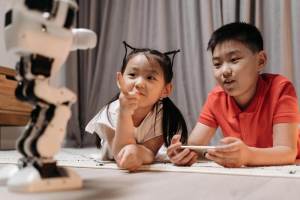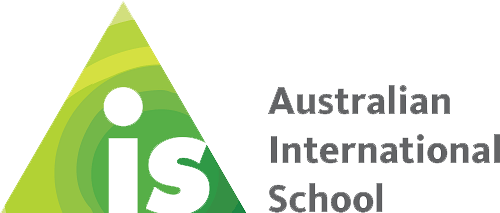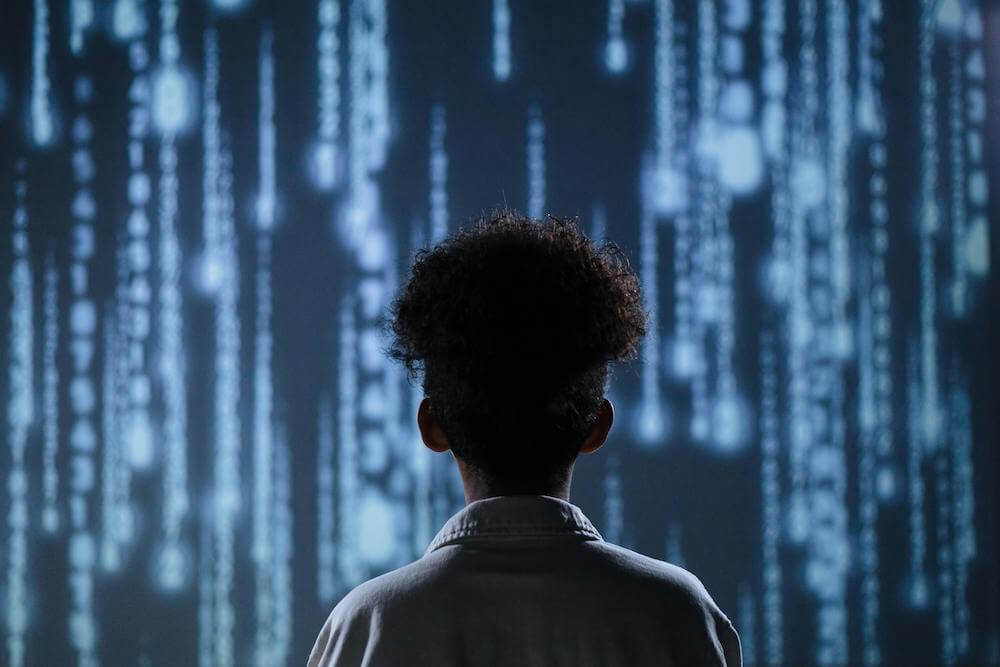Navigating Generative AI: Implications for Education and the Workforce
As parents, the emergence of new technologies often brings anxiety in addition to new opportunities. With the advent of generative AI and its implications for jobs and education, it’s easy to feel uncertain. Questions naturally arise: how will AI be used in education? how will it impact the jobs of the future? is it dangerous for my children?
First, it’s important to understand that AI has been widely used for years and is already integrated into various applications like Grammarly giving writing feedback, Amazon Alexa and YouTube recommending videos. What’s changed is the rise of generative AI, capable of creating new content. This advancement has significantly transformed how people work and live, disrupting the status quo in many industries.

AI in Education
For educators, addressing the opportunities and risks of AI is a critical responsibility. Schools such as the Australian International School in Singapore (AIS) and organisations like the International Baccalaureate (IB) do not advocate for outright bans on AI. Instead, they emphasise the importance of age-appropriate use, guidance, and education about its capabilities and limitations and have developed frameworks to support teachers and families.
A common recommendation, also supported by AIS and UNESCO (the UN’s education and cultural arm), is that students aged 13 and above may use generative AI tools, provided local laws allow it and parental or guardian consent is obtained. For younger students (ages 12 and under), AIS focuses on foundational academic and social-emotional skills, using technology as a learning aid before introducing generative AI.
This approach mirrors the way mathematics is often taught: students first master formulas before using calculators or software is used to enhance efficiency. From the early years to elementary, AIS ensures students build strong foundations, preparing them to engage with AI responsibly when the time comes.
A forward-thinking school will also guide students to understand not only the uses of generative AI but also its broader implications. This includes fostering critical thinking about ethical concerns such as bias in AI algorithms, data privacy, and the responsible use of technology.
Additionally, preparing educators is essential. Teachers must receive adequate professional development to understand and effectively incorporate AI tools into their teaching strategies. Workshops and training sessions can equip educators with the skills they need to guide students in using AI appropriately and creatively.

AI in the Workforce
Although generative AI has only launched widely in recent years, it has already become a vital part of the workforce. A recent survey found that 66% of employers would hesitate to hire someone without AI skills. As the saying goes, “Work smarter, not harder.” From planning business trips to drafting speeches, AI offers a multitude of time-saving tools. However, human oversight remains crucial to ensure accuracy and ethical considerations.
Despite its advantages, AI does raise concerns about the future of jobs. The World Economic Forum predicts that while some jobs will be replaced, new roles will emerge, as has been the case with past technological revolutions. For parents, this underscores the importance of ensuring that both they and their children develop AI literacy to remain adaptable in an evolving workforce.
Moreover, fostering lifelong learning is essential. The pace of AI innovation means that individuals must continuously update their skills to stay relevant. Critical thinking, creativity, and adaptability—qualities that AI cannot easily replicate—will be key to thriving in the AI-powered workplace.
What Next?
Sometimes, knowing where to start can be the biggest challenge. Common Sense Media is a trusted resource for schools and parents, offering guidance on AI use and providing tips for exploring its applications together. This helps foster open conversations about both the benefits and risks of AI while promoting its positive use.
At schools like the Australian International School (AIS), families have access to counsellors, technology coordinators, and even a Director of Learning Innovation. These professionals are valuable resources for supporting families, answering questions, and addressing concerns—both in and out of the classroom.
By working together, educators and parents can help students navigate the evolving landscape of AI, ensuring they are prepared for the challenges and opportunities of the future.






